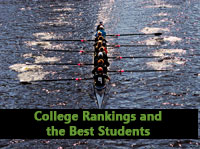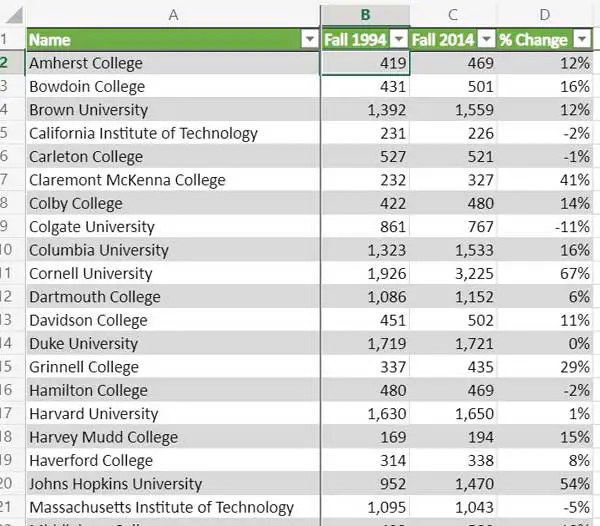 Are your chances of becoming president better today than they were in 1990? Given that the population in 1990 was 248,709,873 and increased by 24% to 308,745,538 in 2010, your chances are worse. While the general population has increased, there is still only one president. Despite population growth, we still have 435 members in the House of Representatives, the same number as in 1911. If the proportion of the number of representatives kept pace with the population since then, we would be looking at a House of Representatives approaching 1,500.
Are your chances of becoming president better today than they were in 1990? Given that the population in 1990 was 248,709,873 and increased by 24% to 308,745,538 in 2010, your chances are worse. While the general population has increased, there is still only one president. Despite population growth, we still have 435 members in the House of Representatives, the same number as in 1911. If the proportion of the number of representatives kept pace with the population since then, we would be looking at a House of Representatives approaching 1,500.
What does this have to with college admissions? There are still only eight Ivy League Universities and their class size certainly hasn’t been keeping up with population growth.
According to the National Center for Education Statistics, the number of full-time college students at four-year colleges has increased by 48% from 1994 to 2014. The top twenty national universities in US News College Rankings have increased the size of their freshman classes by an average 18%. The top 10 Liberal Arts Colleges have only increased by 10% while the average for the Ivy League is 14%.
So what does this mean?
Obviously, it’s harder to get into the “top” or most “prestigious” institutions than it once was.
It’s not just the result of population growth. The general population only increased by 21% from 1994 to 2014. More people are going to college than ever before and more people are applying for competitive colleges than before.
But here’s the part to think about. Many of these prestigious colleges made their reputation long before admission rates fell into the single digits. The quality of the students admitted in earlier times in no way compares to those admitted today.
Furthermore, many of those students who are applying today simply wouldn’t have thought of applying 30 or 40 years ago and would have just attended their state institution. This is why so many state flagships have excellent reputations.
Back to what this all means.
There are an increasing number of very well qualified students who are not going to the most competitive colleges for a variety of reasons. Therefore, academically motivated students will find a peer group to challenge them outside the schools in the US News Top 20 rankings.
They can’t all go to Harvard; they have to go somewhere. The Ivy League can’t possibly fill all the jobs that Ivy League connections are supposed to get you after graduation unless the number of those jobs has stayed proportional to the number of Ivy League grads. In other words, some of the best students attend quality colleges that don’t top the lists in the US News College Rankings.
The following table shows the top 20 National Universities and Liberal Arts Colleges according to US News College Rankings 2015 and the full-time freshman in 1994 and in 2014.
Top National Universities and Liberal Arts Colleges and Class Size



7 thoughts on “Yes, It is Harder to Get Into the Top Ranked Colleges”